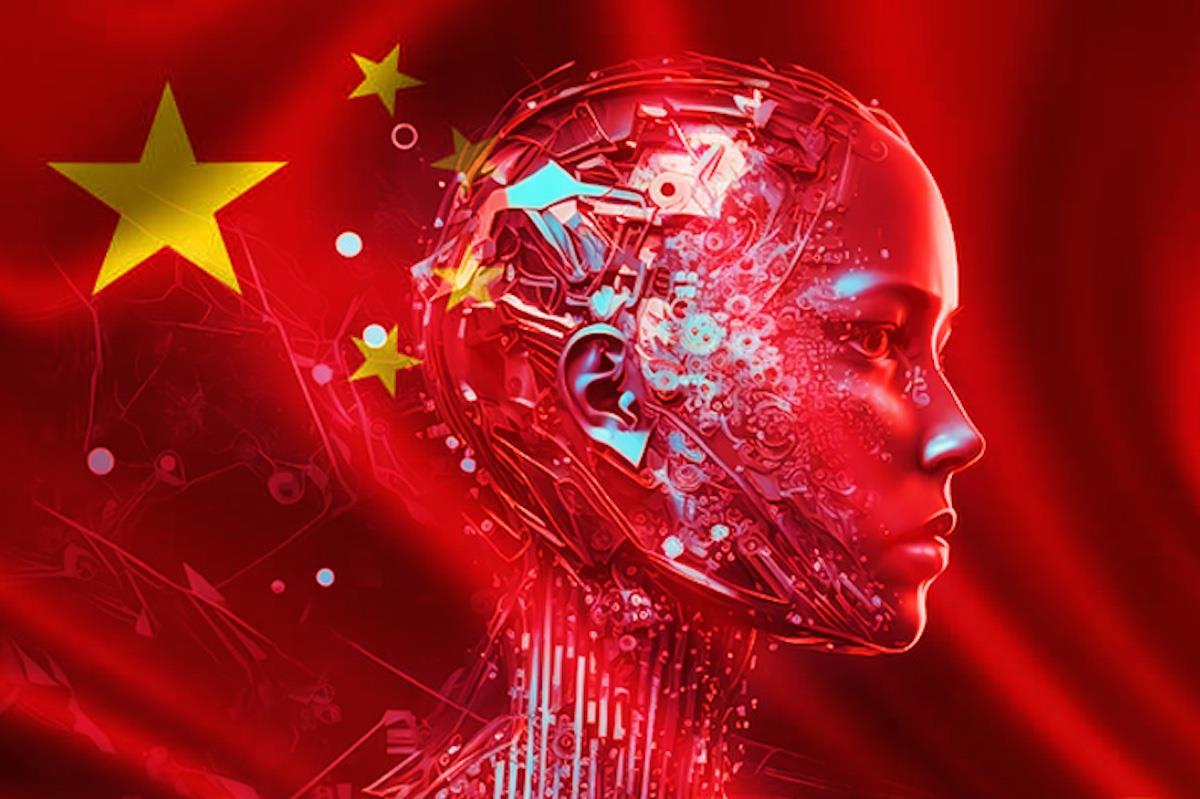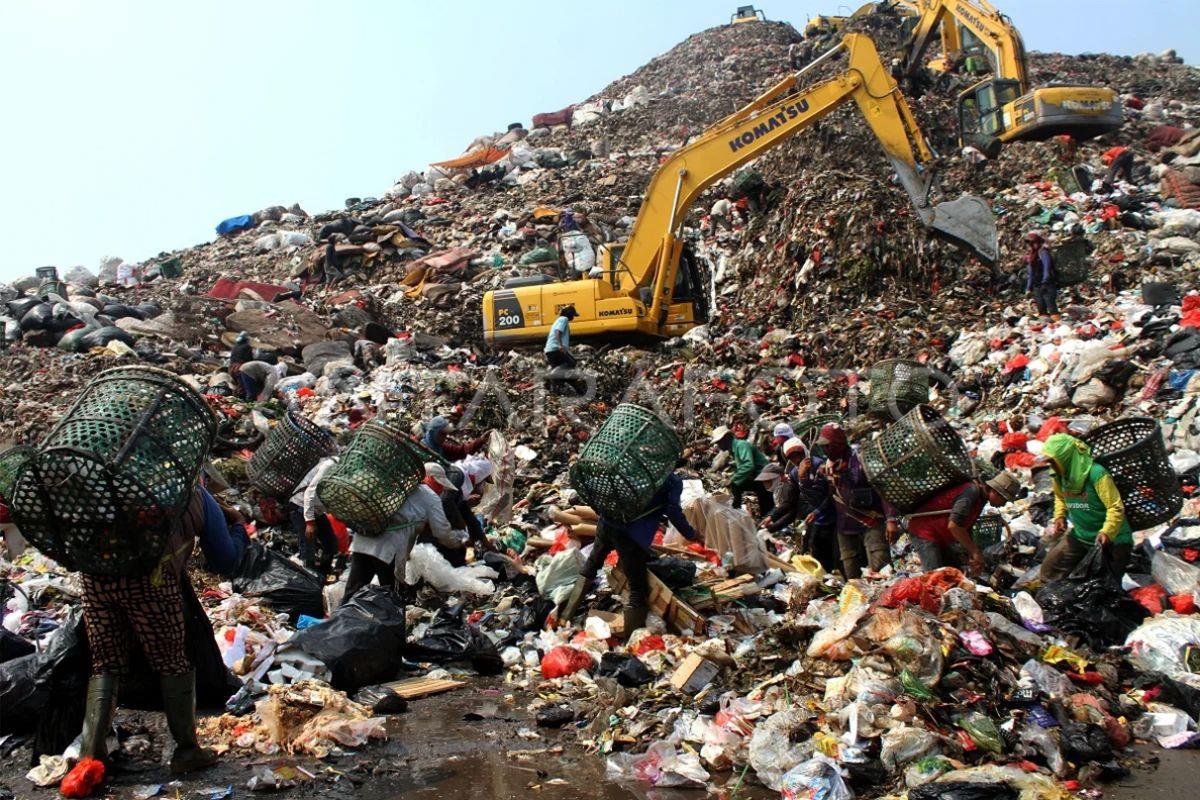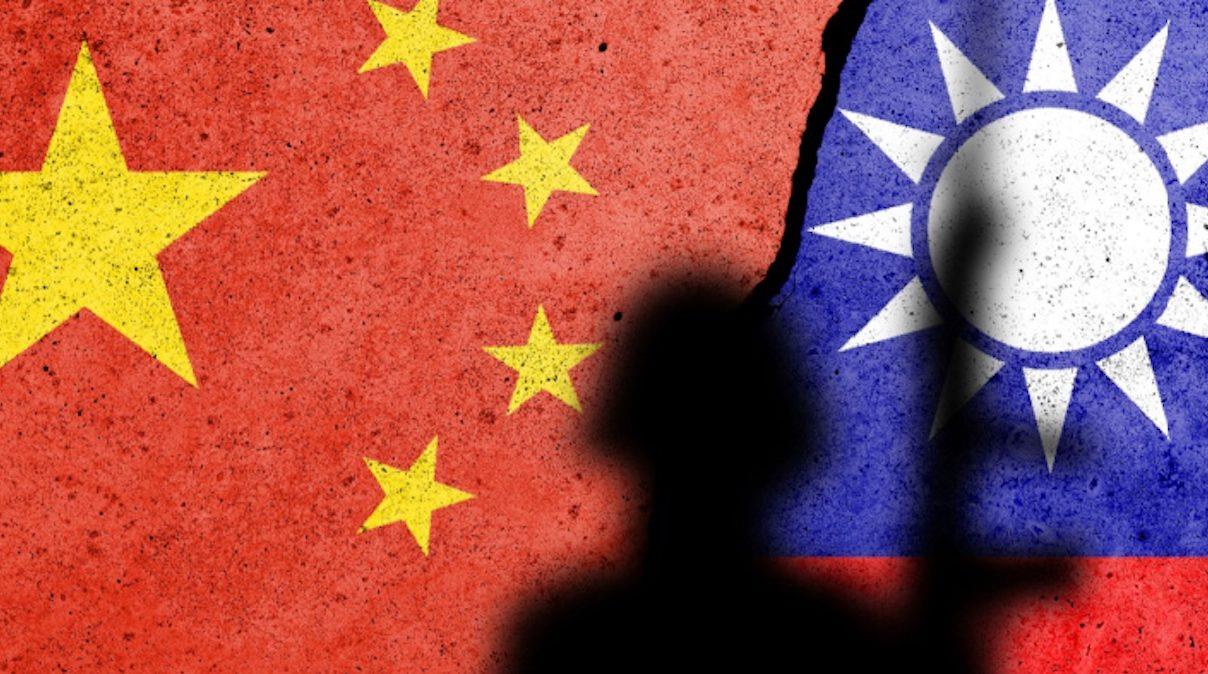
Nothing Surprising In China's Innovative Rise
Yet this framing misunderstands history. For millennia, stretching back to the Zhou and Qin and flourishing particularly under the Han, Tang, Song, and Ming dynasties, China stood at or near the global pinnacle of innovation.
What we are witnessing today is not an anomalous creative awakening enabled by global capitalism, but rather the reassertion of a Chinese tradition interrupted by gunboats, opium and colonialism.
China's legacy of innovation, i.e., the creation and diffusion of new knowledge, technologies or systems that transform societies, is deeply woven into global civilization. In pre-industrial contexts, Chinese innovation and invention blurred more, as many advances were both new and applied, taking various forms.
These ranged from civil engineering and applied technologies to knowledge systems, although not in the form and scale of industrial innovation seen in Europe after 1750, particularly in the last century. The Industrial Revolution was indeed singular in scope and consequence, but it did not erase or negate the millennia of innovative capacity that preceded it in China.
British historian Joseph Needham demonstrated that China led the world in innovation and applied technologies for centuries, despite not undergoing an Industrial Revolution in the Western sense.
The scale and material form differ, but the principle is the same: taking knowledge and embedding it into systems that reshape economies and lives. To treat canals and clockwork as incomparable to code and chips is to miss that both were frontier technologies of their age.
The famed four great Chinese inventions-paper, printing, the compass, and gunpowder-are typical examples, but they reflect merely the most recognizable markers of a broader technological role. Chinese inventions also include football (recognized by FIFA as an early ancestor), the seismoscope, deep drilling (often >1 km for brine and natural gas), rockets, seed drills and banknotes, among many others.
Across dynasties, China made significant contributions to hydraulic engineering, textile sericulture, clockwork devices, astronomical instruments, mechanical automata and sophisticated metallurgical processes. Scholars, artisans and state agencies functioned as nodes in a knowledge network that iterated, implemented and improved inventions over centuries.

Legal Disclaimer:
MENAFN provides the
information “as is” without warranty of any kind. We do not accept
any responsibility or liability for the accuracy, content, images,
videos, licenses, completeness, legality, or reliability of the information
contained in this article. If you have any complaints or copyright
issues related to this article, kindly contact the provider above.






















Comments
No comment